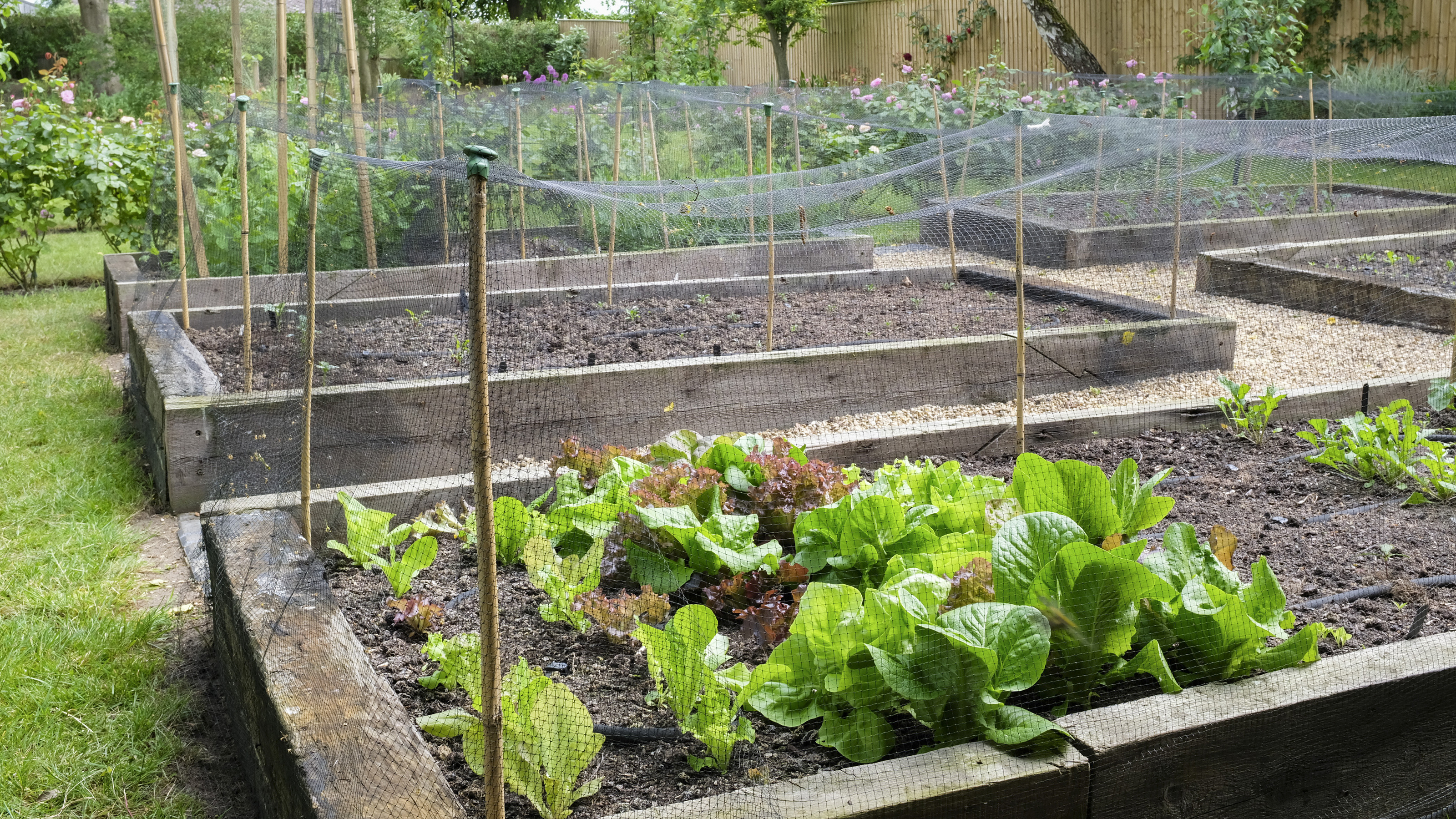Are Railroad Ties Safe For Gardening?: Using Railroad Ties For Garden Beds
Railroad ties are common in older landscapes, but are the safe for gardening? Railroad ties are treated wood, steeped in a toxic stew of chemicals, the chief of which is creosote. Explore why and what alternatives are safer in this article.


Railroad ties are common in older landscapes, but are old railroad ties safe for gardening? Railroad ties are treated wood, steeped in a toxic stew of chemicals, chief of which is creosote. You can find old railroad ties for sale even at garden centers, which makes the question confusing.
The EPA has denounced these repurposed barriers as toxic and not recommended for the garden. Let's explore why and what alternatives for railroad ties for landscaping are safer and just as effective.
Should I Use Railroad Ties in My Garden?
If you have just purchased a property and want to build some raised garden beds, railroad ties seem like an inexpensive easy option. However, you might ask yourself, "should I use railroad ties in my garden?" True, you have probably seen them in friend’s landscapes and neighborhoods are rife with the wood.
Unfortunately, what we traditionally have done in the past we are now discovering was a mistake. Using railroad ties for garden beds can pose a threat to your soil, pets and children, as well as the food you grow. Railroad ties are thick, durable, cheap, recycled wood that forms long-lasting barriers for beds, paths, and retaining walls.
You see them everywhere and many consider their distressed appearance naturally attractive. The wood is preserved by soaking it in creosote, which is composed of over 300 chemicals, many of them toxic and persistent in soil. Exposure to creosote has been shown to cause cancer.
Even topical contact with creosote can be dangerous. For this reason, it is unwise to use railroad ties in vegetable gardens where contact is inevitable. Additionally, as the wood slowly breaks down, it will release this toxic brew into your soil, contaminating it and your food. The best idea if you already have the wood in your landscape is to remove it.
Many experts recommend removing several inches of the soil in the area as well. However, removal can be tricky and dangerous. Wear long sleeves and pants, a mask, eye protection, and thick gloves. If the wood is likely to break apart, consult with a professional team that can ensure removal of all the pieces safely. Once the ties are out, they should be disposed of. Whatever you do, don't burn the ties! This releases toxic gases that can be even more dangerous than simple topical contamination.
Gardening tips, videos, info and more delivered right to your inbox!
Sign up for the Gardening Know How newsletter today and receive a free copy of our e-book "How to Grow Delicious Tomatoes".
The railroad ties in vegetable gardens that are so common as raised bed barriers pose the worst threat. In these areas, the soil should definitely be removed to a depth of several inches. Dispose of the soil and install fresh uncontaminated soil for growing your foodstuffs.
Alternatives to Railroad Ties for Landscaping
Borders for beds that won't decompose quickly are hard to find. You can try using a pressure treated product from your local lumber store but, honestly, these will contain potentially hazardous chemicals. A safer option is to use pavers or rocks to build retaining walls.
In an abundance of caution, the rocks seem the safest choice, as they are of the earth and have no toxicity. Cement pavers may break and crumble and may include unwanted additives as well as low concentrations of natural radioactive elements. Stick with the natural options, especially around the vegetable garden where potential contamination to soil can be taken up into your food.

Bonnie Grant is a professional landscaper with a Certification in Urban Gardening. She has been gardening and writing for 15 years. A former professional chef, she has a passion for edible landscaping.